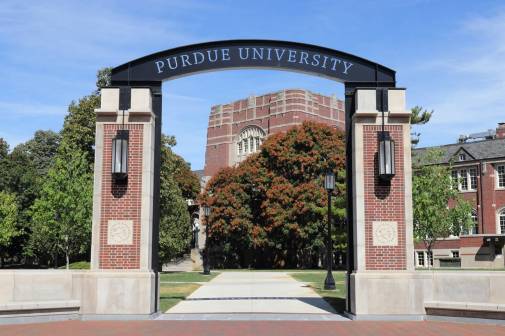Tech agility proved essential for university success during pandemic

Moving to online teaching in response to COVID-19 has reinforced the importance for universities to implement technology faster and more efficiently, several higher education technology leaders said Wednesday. Even as students return to campus for the fall semester, they added, the lessons learned during the rapid shift to remote education will stay relevant to institutions and leave a lasting impact on the future of higher education.
“What we’ve learned is that we can get a long way if we drive efficiency in the technology we deploy,” Tina Thorstenson, deputy chief information officer and chief information security officer at Arizona State University, said during CrowdStrike’s Fal.Con for Public Sector Conference, produced by FedScoop and CyberScoop.
When the call to move to remote instruction came at Arizona State University in March, Thorstenson said faculty and staff were able to move the university’s more than 80,000 students from an in-person classroom environment to a synchronous online experience within five days.
Similarly, Aaron Baillio, the University of Oklahoma’s CISO, said his campus community made the shift to online learning during the school’s spring break.
“It was a very abrupt shift from daily operations to this emergency mindset,” Baillio said.
Both institutions owed their success to the flexibility of faculty and staff and their willingness collaborate on how to best support students through the pandemic, Baillio and Thorstenson said. But as both universities gear up for the fall semester — which will offer students the choice to take in-person courses, online classes or a combination of both — technology will continue to play an important role in education.
“We are going to see continued drive in technology,” Baillio said, “I think there will be more reliance on technologies to help us try and ensure somebody’s health and safety.”
Contact tracing will be implemented through each university’s respective mobile apps to ensure campuses remain safe for students attending in-person classes. And increased dependence on Bluetooth, Wi-Fi and internet-connected devices will continue far beyond the next school year, Baillio said.
He also predicted that the human aspect of technology implementation — ensuring necessary support staff is in place and access to technology resources and training remains robust — will also continue to see increased relevance in the future of education. That, he said, will be critical to create learning experiences that meet students’ needs, whether they are learning on-campus or online.




